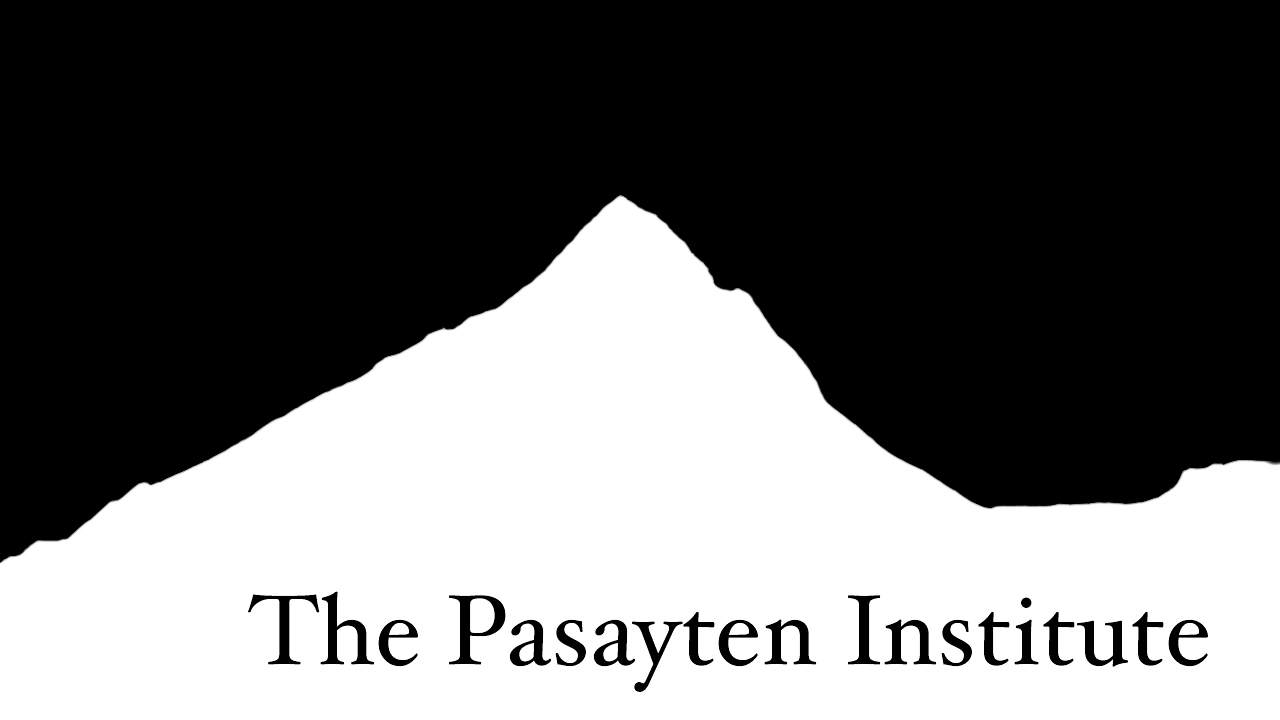Why I switched to Substack from Mailchimp
In case you didn’t know, the Pasayten Institute has a newsletter!
Here’s a short vlog I put together about these ideas.
Here’s a handful of our recent issues:
5 December 2021 | This Week in Physics and Astronomy
20 November 2021 | This week in Physics and Astronomy
13 November 2021 | This Week’s Notes on Physics and Astronomy
31 October 2021 | Your weekly briefing in Physics and Astronomy
24 October 2021 | This week in Physics and Astronomy!
13 October 2021 | This Week’s Notes from the Pasayten Institute
1 October 2021 | Your Weekly Physics and Astronomy Briefing
We started that newsletter a little over a year ago, in November 2020. The platform I used was the platform everyone recommended. Mailchimp. It had a lot of tools for editing and analytics, and was able to provide a reasonably secure experience for folks by facilitating a double opt-in signup form.
I tried to publish every week, and my initial format involved two sections: stargazing and physics news. My initial letters were short and sweet, almost bullet points. As I got more comfortable with writing, these bullets quickly expanded to essays in their own right. As you can tell from the links above, the narrative quickly got out of hand.
Based on comments and analytics - clicks and opens and so on - I got the sense that a large number of disparate ideas in medium-to-long form wasn’t working for most folks.
People were willing to dive deep into a subject with me, but only one subject. Not all of them. Not at the same time. So for the past few months I’ve been thinking about switching the format up. Last week, I pulled the trigger.
Moving forward, each post will have only a single topic. To compensate, I’m aiming to publish more than one post a week. Will it overwhelm folks? Possibly, although with Gmail’s “archive” feature, skipping a day probably isn’t a huge problem. I’d rather people only read what they’re interested in anyway.
Why Substack?
Okay. Format change. Fine. But why change platforms?
Because Mailchimp has a terrible UI and the emails look awful.
Three examples.
Importing images into Mailchimp is a huge chore and requires all kinds of extra adjustments. Scaling and image resizing require all kinds of extra effort. In substack, it just happens.
Mailchimp’s font and font size selections are quirky. If you select “size 12”, there are two possible behaviors the editor will spit out, and it’s not predictable which version you’ll get. Totally unacceptable. Substack solves this problem by restricting your choice set. You basically get asked two questions: Serif or sans serif? Serious or fun? The rest just falls out.
Online version of mailchimp are a huge chore for me to find. For substack? They’re aggregated just like a blog. So if I want to review what I wrote - or even share a collection - I can always head back to pasayteninstitute.substack.com. For mailchimp each individual email has its own link buried deep within their own UI. Exporting all of them? Good luck. I still haven’t figured out how to do that.
Why is Mailchimp’s UI so awful? I assume it’s to afford a customized experience. These are details that maybe some folks care deeply about, but not writers. Writers just want to write. A lot of us nerd out on fonts, kerning and other sort of typesetting things. But if we don’t have absolute control (i.e. LaTeX) then why bother?
It was bound to happen. Tech companies tend to “test and learn” their way through platform changes and the result is usually feature drift. In the small, test and learn is great. Over time, it’s godawful. I’m sure it’s great for folks who have invested all their time and energy into Mailchimp’s quirks. But I needed something quicker, more intuitive, less painful.
Substack fits that bill.
Plus, it also comes with its own “meta-audience” that affords a new sort of organic growth. I’ve already gotten new subscribers and haven’ t even written a single serious post yet. Better still, many authors on Substack already publish multiple times per week. So my new format is already part of the culture.
Finally, Substack offers an intuitive “paid” option that also integrates with podcast publishing. In the future I hope to offer some bonus material, community and ideas for folks who might be willing to chip in a little extra each month to help build the Pasayten Institute. It was a really easy decision.
